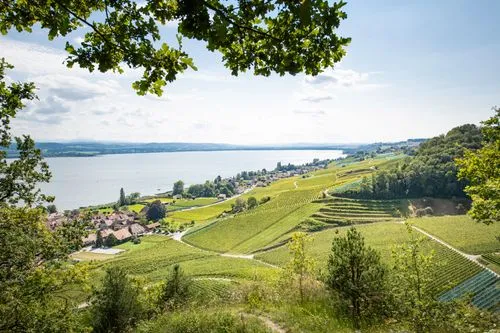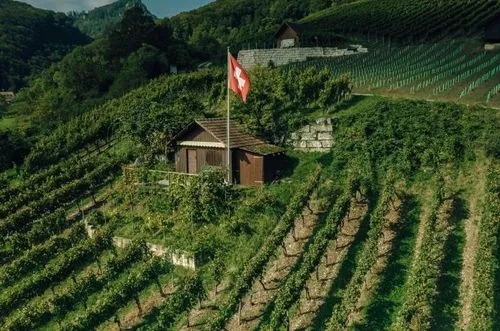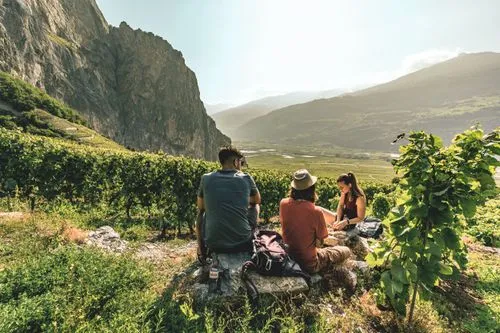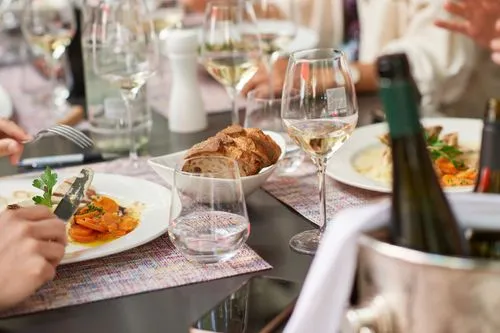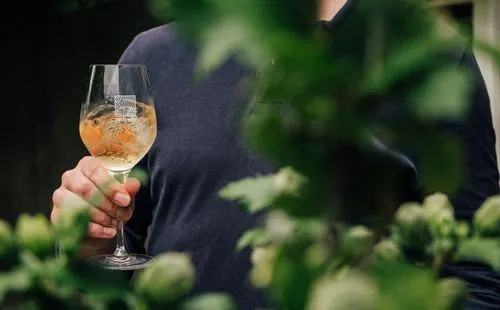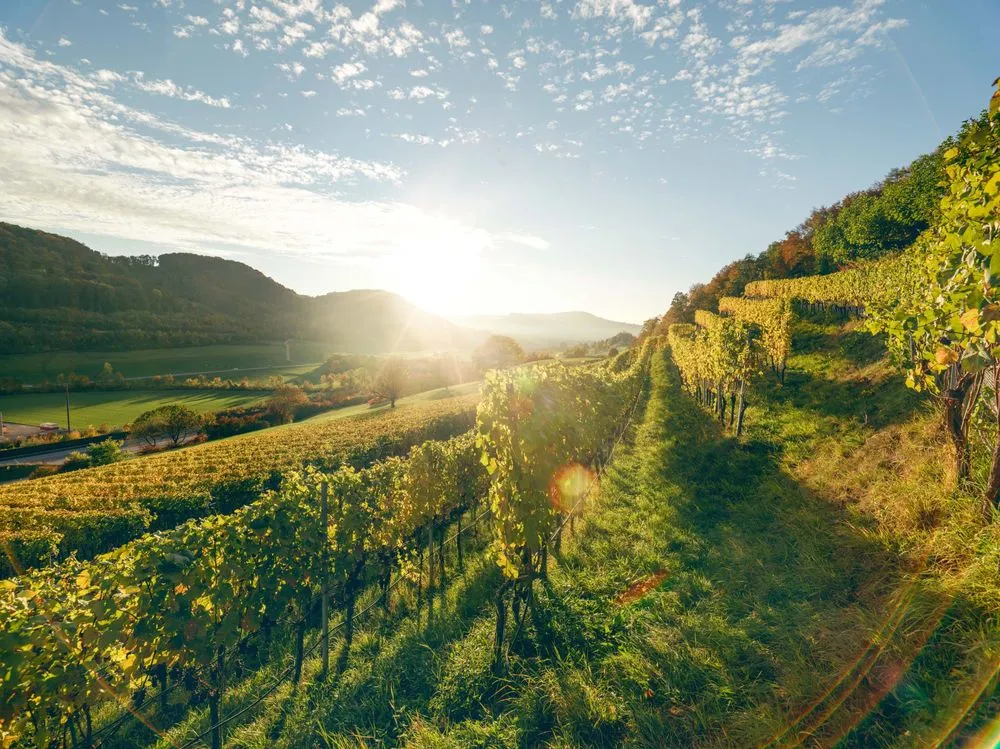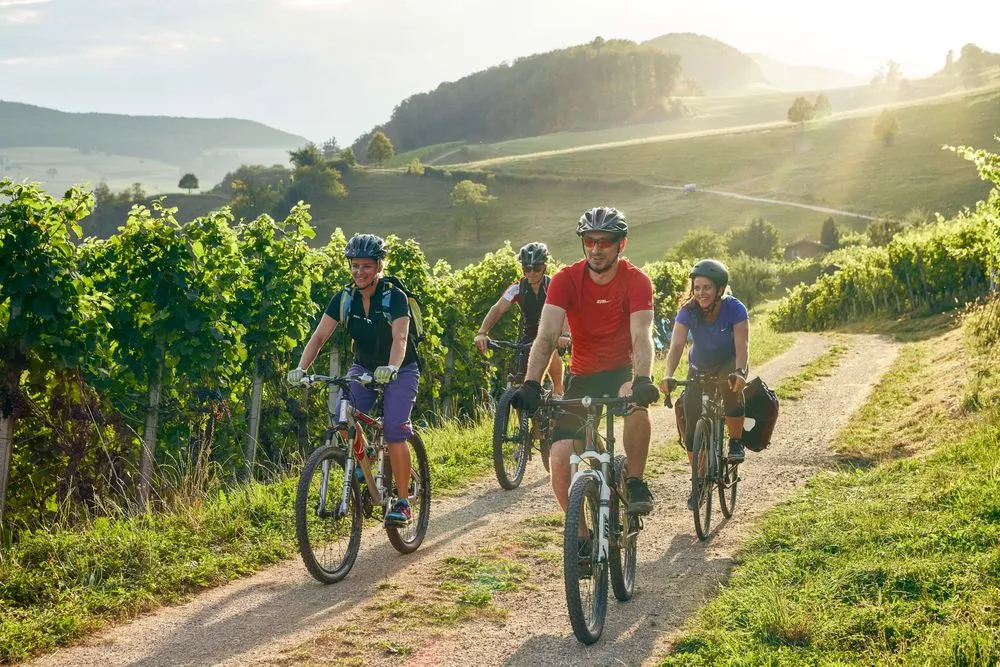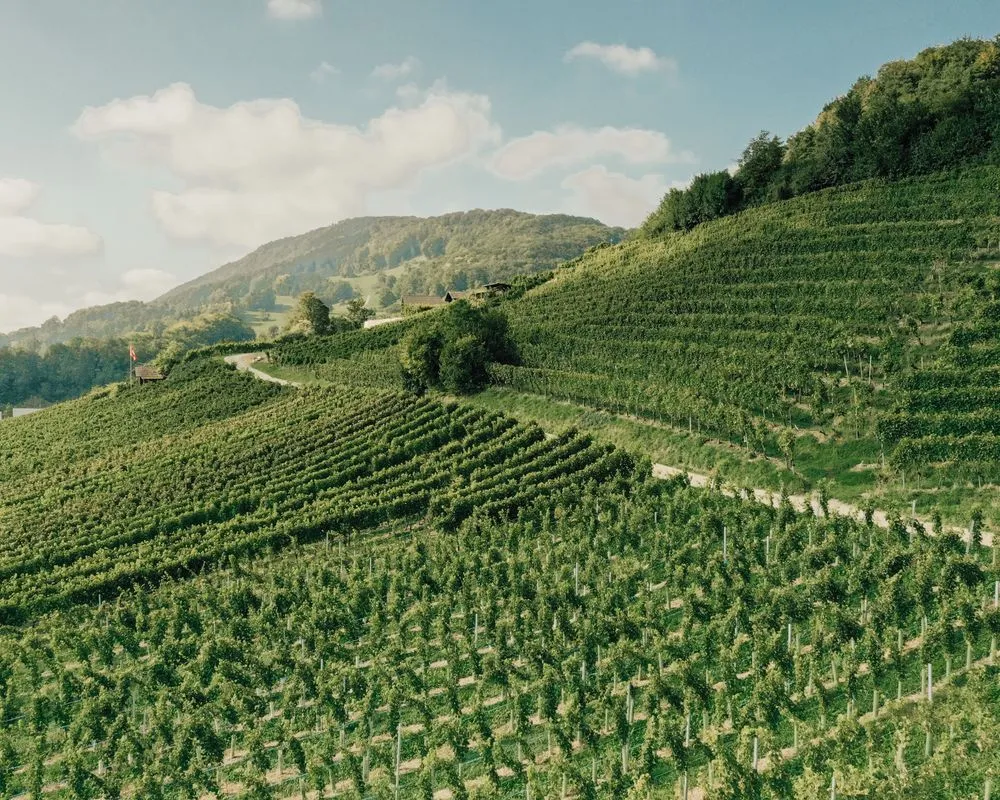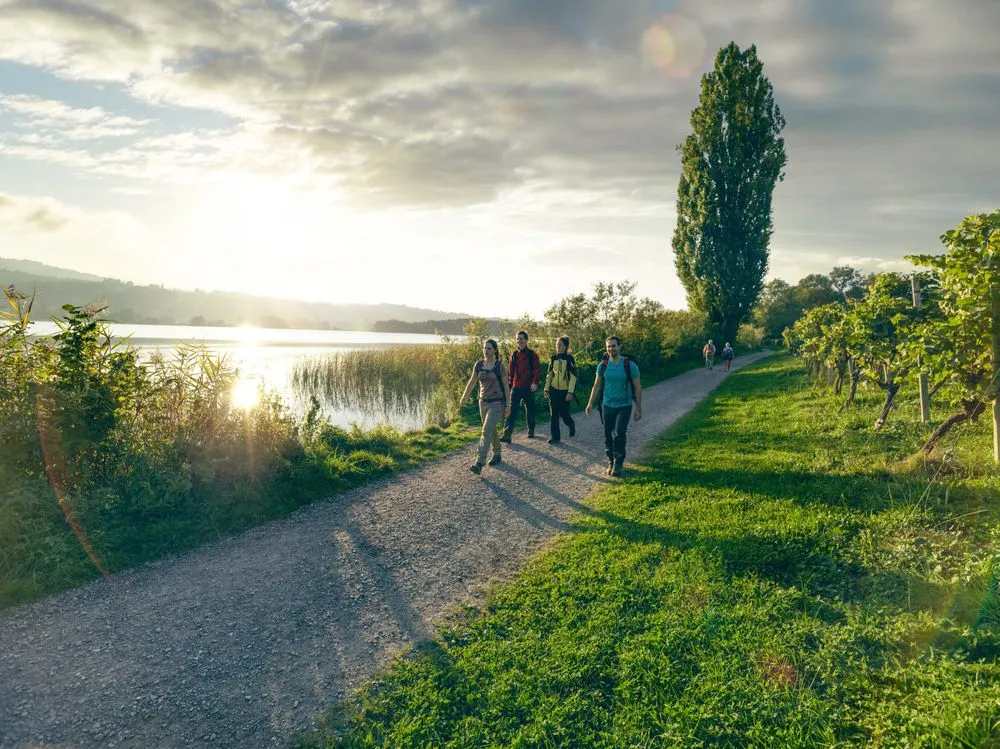In the 1880s, Aargau was one of Switzerland’s most important wine regions, with 2,700 hectares under cultivation—more than in Valais, now the country’s largest wine region. However, challenges such as phylloxera, urbanisation, and the influx of cheaper imported wines led to a steep decline in vineyard areas.
The diversity of soils in Aargau is remarkable, ranging from Jura limestone through heavy, clay- or iron-rich soils, to alpine moraine. Combined with the region’s varied topography and microclimatic conditions, this soil diversity makes viticulture in Aargau unique in German-speaking Switzerland.
Nearly 600 vintners are active in Aargau, with over 80% practicing winegrowing as a secondary occupation or hobby, typically managing less than one hectare. These hobby winemakers are often members of winegrowers' cooperatives or associations, which help preserve the canton’s long winemaking tradition. Aargau’s vineyards are divided into six wine regions
